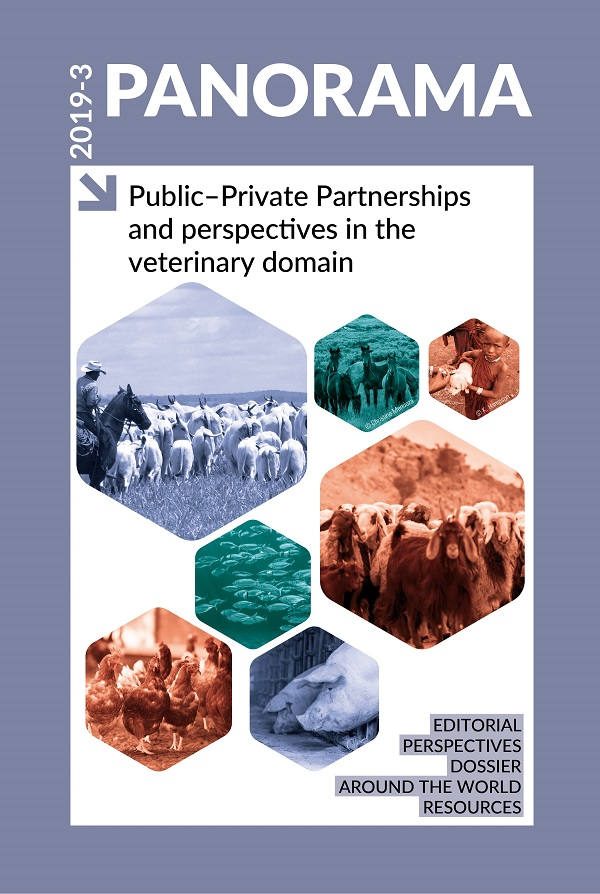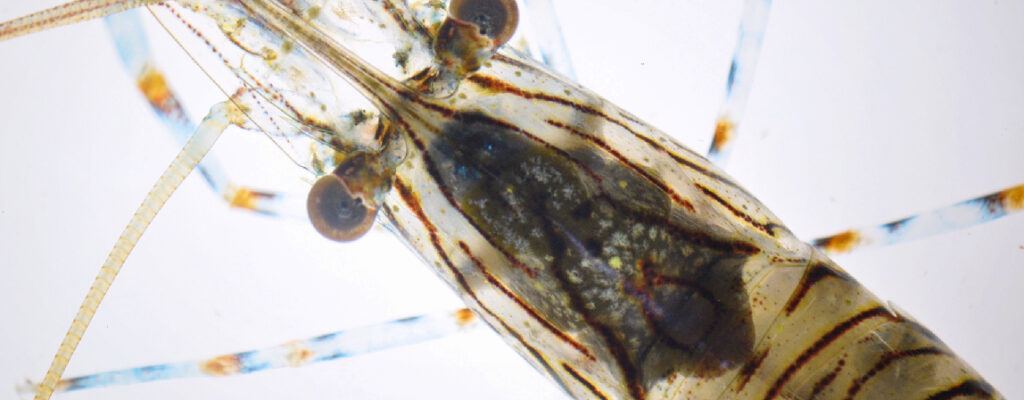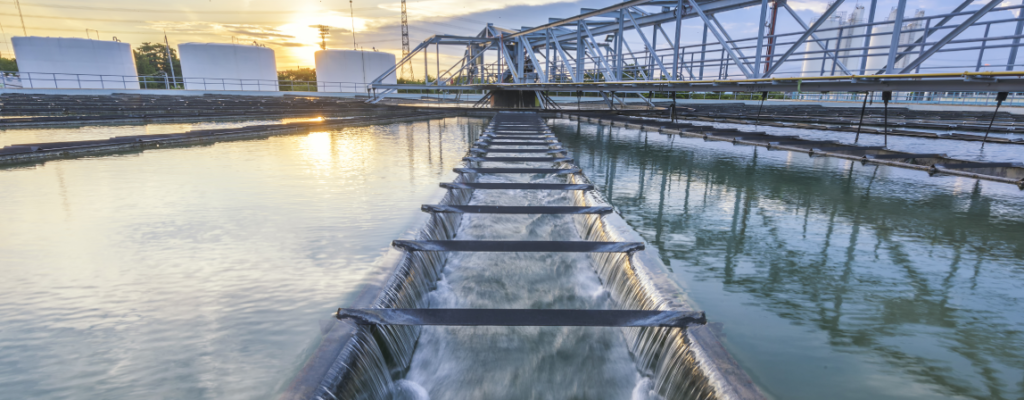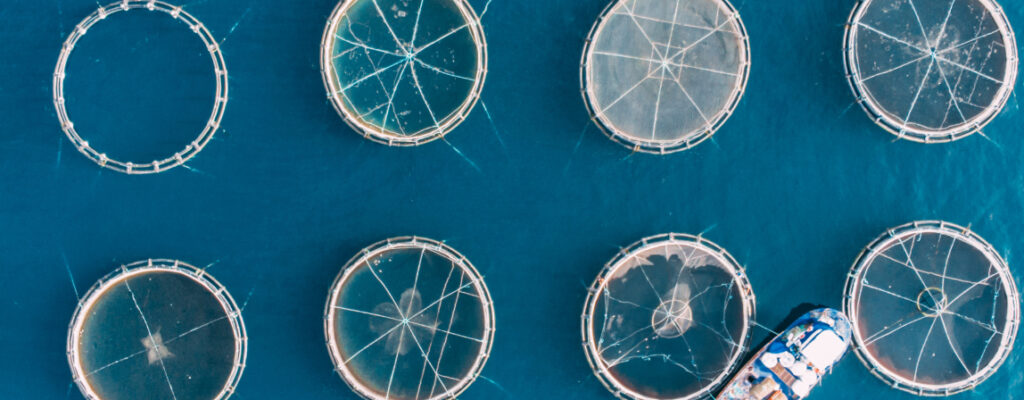Around the world Posted on 2020-01-14 16:11:14
Success stories
A Programme for Sanitary Management in Aquaculture
A public–private initiative to optimise aquaculture in Chile
Keywords
Authors
M. Lara(1)*, A. Gallardo(1) & R. Montt(1)
(1) Servicio Nacional de Pesca y Acuicultura (SERNAPESCA), Chile.
* Corresponding author: mlara@sernapesca.cl
The designations and denominations employed and the presentation of the material in this article do not imply the expression of any opinion whatsoever on the part of the OIE concerning the legal status of any country, territory, city or area or of its authorities, or concerning the delimitation of its frontiers and boundaries.
The views expressed in this article are solely the responsibility of the author(s). The mention of specific companies or products of manufacturers, whether or not these have been patented, does not imply that these have been endorsed or recommended by the OIE in preference to others of a similar nature that are not mentioned.
Salmon farming is of particular importance in Chile because it is, among non-mining exports, the third most valuable economic activity in the country and the first in the southern zone. According to the Food and Agriculture Organization of the United Nations (FAO) [1], Chile accounts for about 30% of the world’s production of farmed salmon, being the second largest global producer, and, according to the Ministry of Foreign Affairs [2], revenues from Chilean salmon exports reached US$ 4.728 billion in 2018. However, the growth of salmon farming has been associated with various diseases, with piscirickettsiosis and infestation with Caligus sea lice currently having the greatest impact on the health of the fish, given the high costs associated with their management and control.
The objective of this public–private partnership is to promote the development of knowledge on the most important challenges in Chilean aquaculture: piscirickettsiosis and Caligus sea lice
Such diseases are difficult to control, and there are significant knowledge and technology gaps that limit the ability to manage salmon farming to ensure sustainability. In response, this programme seeks to promote and improve research, innovation and the development of strategic knowledge, with a multidisciplinary approach to address current gaps in the research on both piscirickettsiosis and Caligus sea lice. It also aims to generate public awareness and improve regulations for official sanitary management, through the modification of current sanitary programmes and the creation of new certifications, promoting good practices within the industry, and generating new business opportunities and lines of research.
The overall aim of the programme is to maintain sustainability and enhance productivity within the Chilean salmon and aquaculture industry.
http://dx.doi.org/10.20506/bull.2019.3.3051
References
- Food and Agriculture Organization of the United Nations (FAO) (2017). – Global aquaculture production dataset 1950–2015 (FishStatJ).
- Ministerio de Relaciones Exteriores, República de Chile (2019). – Comercio Exterior de Chile. Anual 2018.
- Rozas‐Serri M., Peña A., Arriagada G., Enríquez R. & Maldonado L. (2018). – Comparison of gene expression in post‐smolt Atlantic salmon challenged by LF‐89‐like and EM‐90‐like Piscirickettsia salmonis isolates reveals differences in the immune response associated with pathogenicity. J. Fish Dis., 41 (3), 539-552. https://doi.org/10.1111/jfd.12756.
- Arriagada G.A. & Marín S.L. (2018). – Evaluating the spatial range of the effect of synchronized antiparasitic treatments on the abundance of sea lice Caligus rogercresseyi (Boxshall & Bravo, 2000) in Chile. Aquacult. Res., 49 (2), 816-831. https://doi.org/10.1111/are.13513.
- Marshall S.H., Flores‐Herrera P., Henríquez F.A. & Gómez F.A. (2018). – Identification and characterization of two variants of the Hfq‐sRNA‐chaperone in the fish pathogen Piscirickettsia salmonis. J. Fish Dis., 41 (3), 501-509. https://doi.org/10.1111/jfd.12752.
- San Martín B., Fresno M., Cornejo J., Godoy M., Ibarra R., Vidal R., Araneda M., Anadón A. & Lapierre L. (2019). – Optimization of florfenicol dose against Piscirickettsia salmonis in Salmo salar through PK/PD studies. PloS ONE, 14 (5), e0215174. https://doi.org/10.1371/journal.pone.0215174.
- Rozas‐Serri M., Ildefonso R., Peña A., Enríquez R., Barrientos S., & Maldonado L. (2017). – Comparative pathogenesis of piscirickettsiosis in Atlantic salmon (Salmo salar) post‐smolt experimentally challenged with LF‐89‐like and EM‐90‐like Piscirickettsia salmonis isolates. J. Fish Dis., 40 (10), 1451-1472. https://doi.org/10.1111/jfd.12671.













